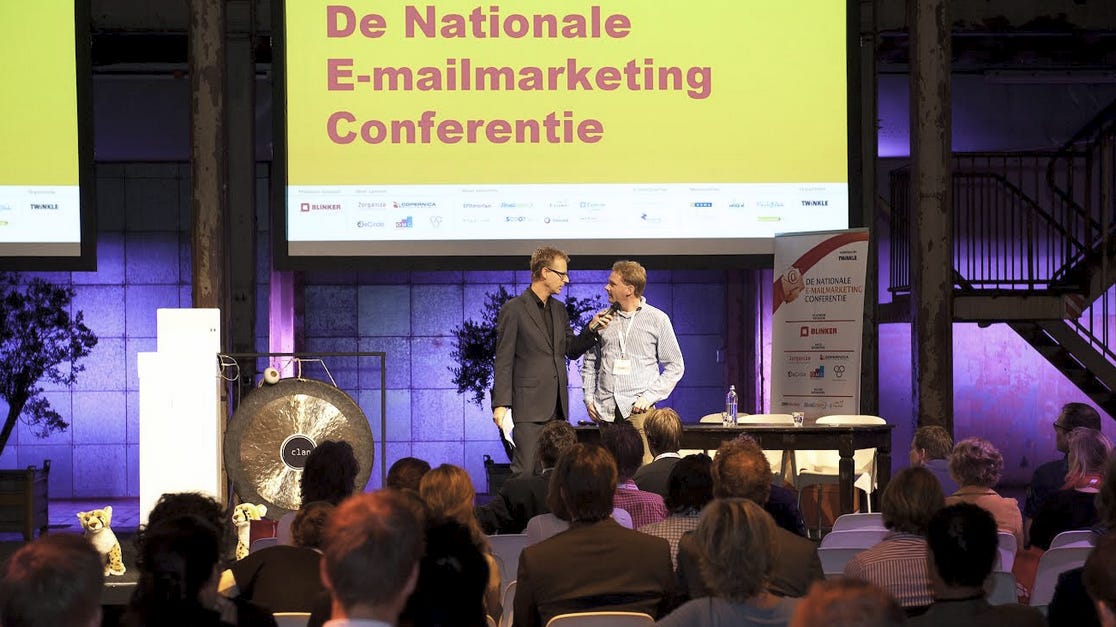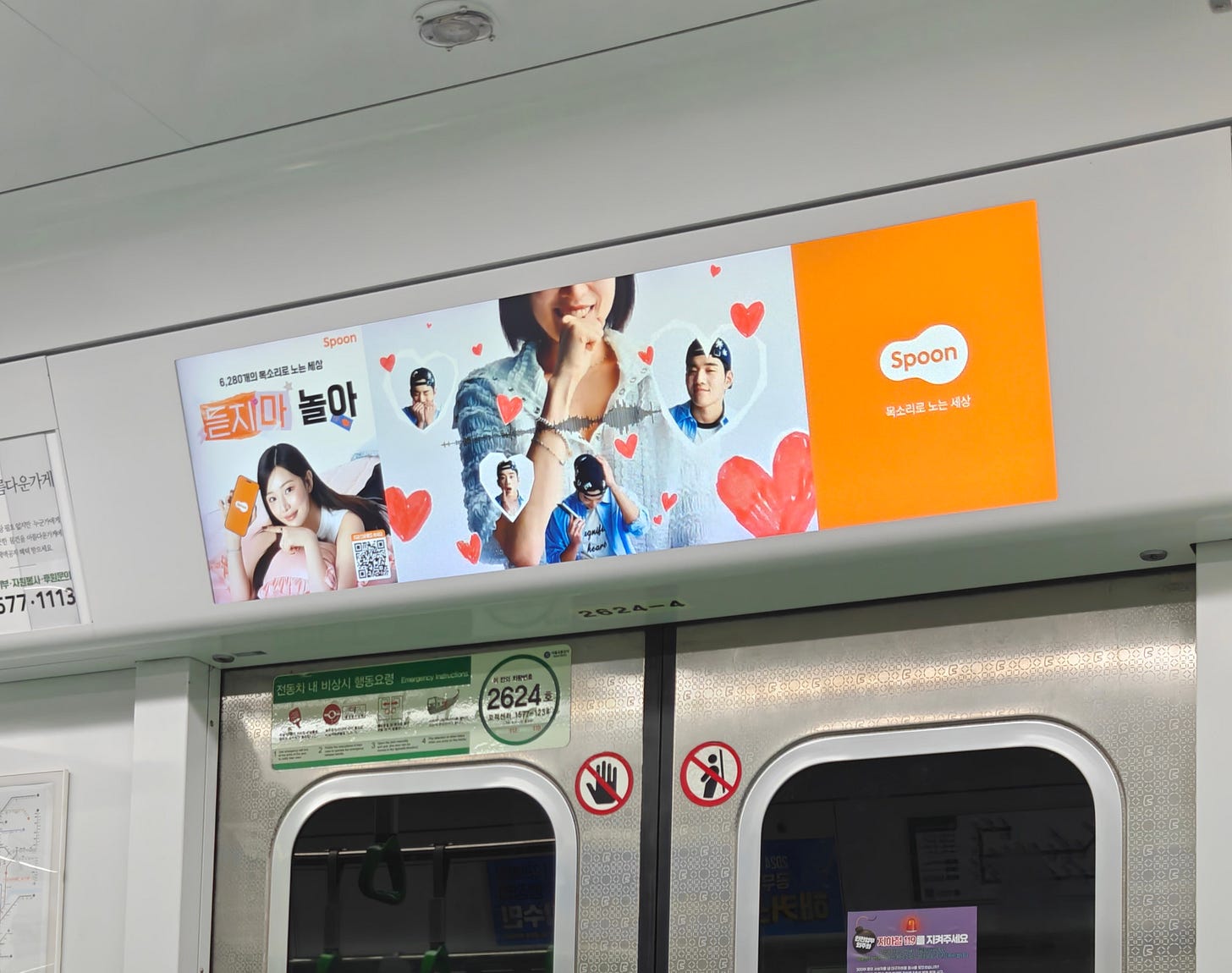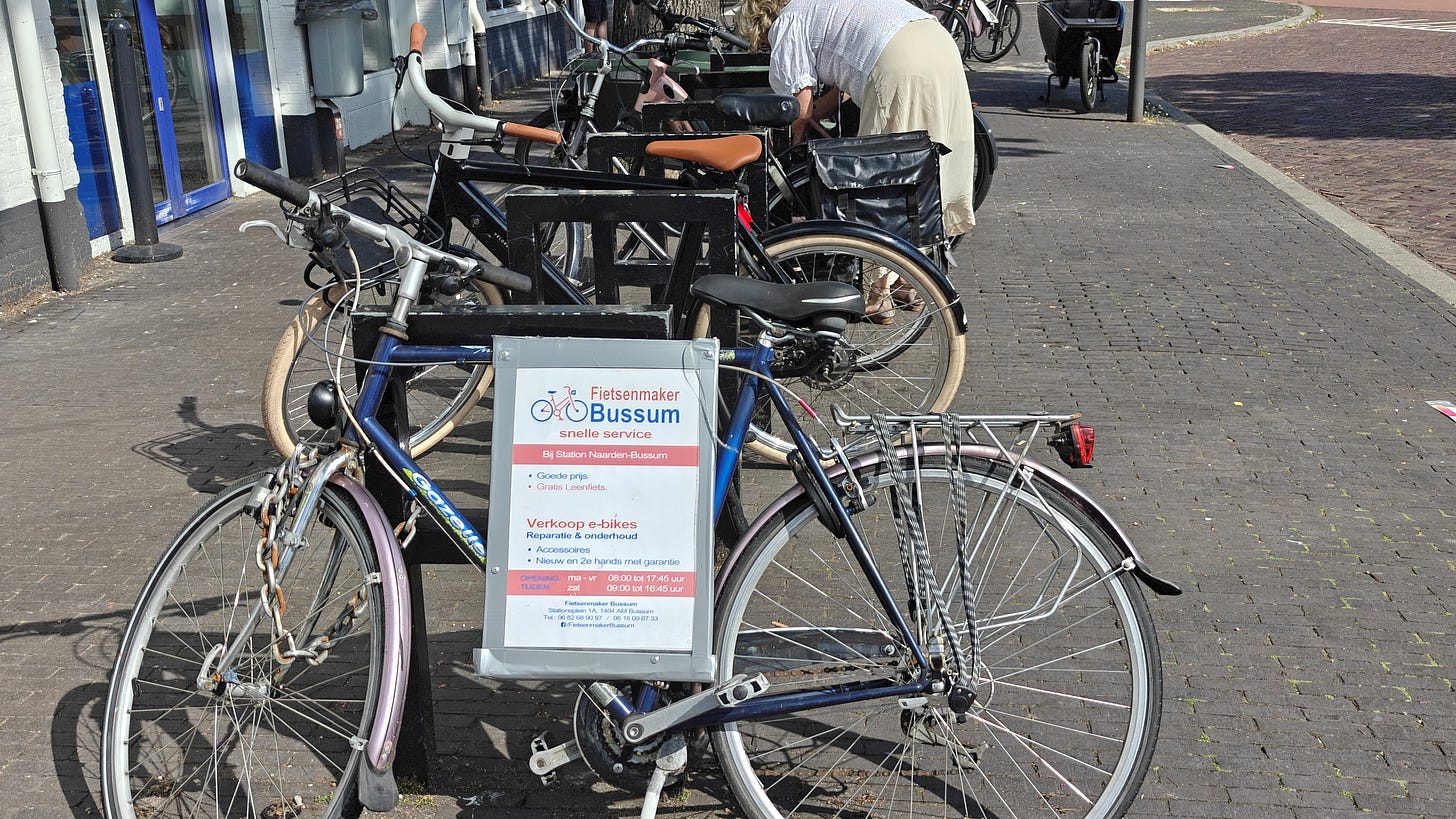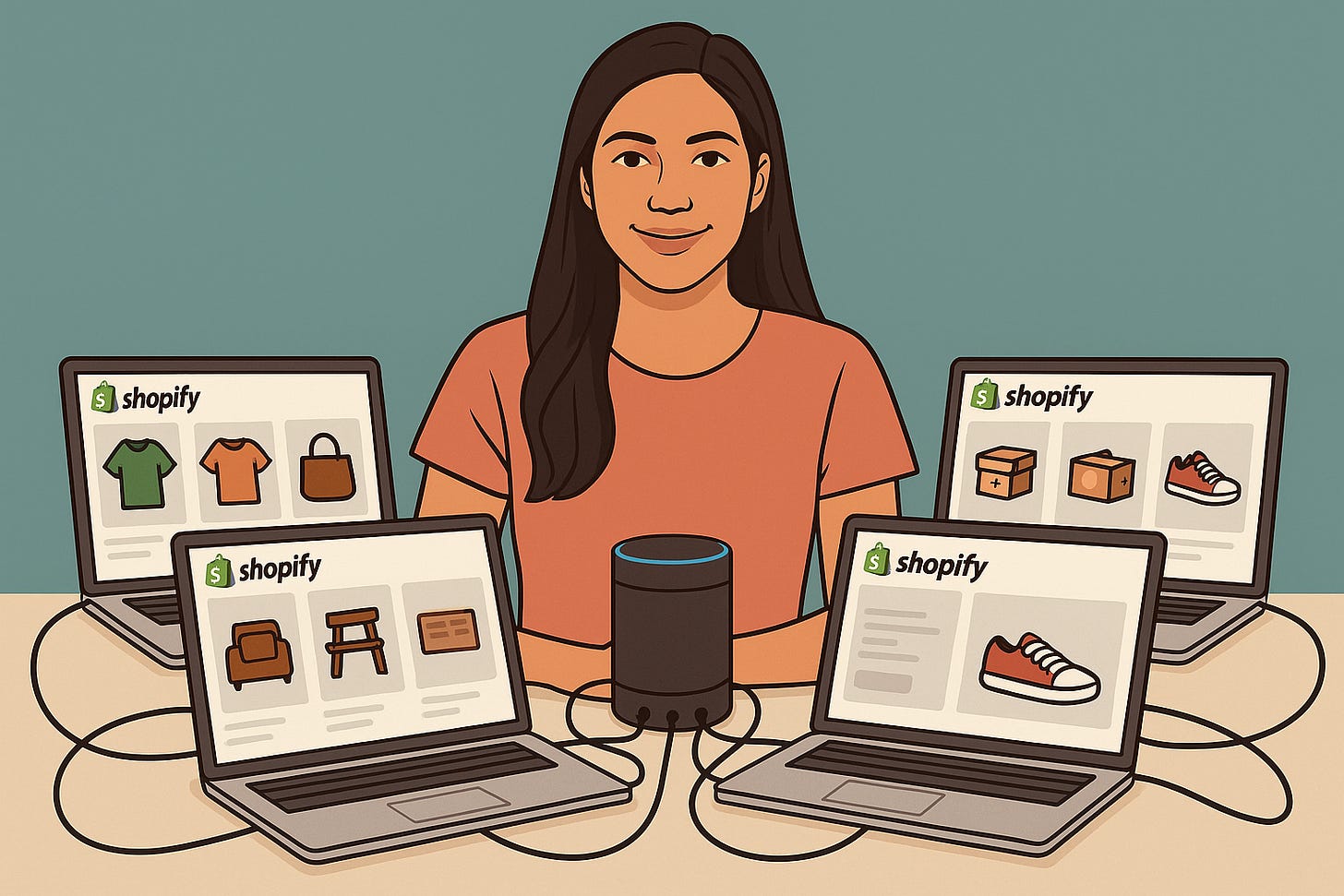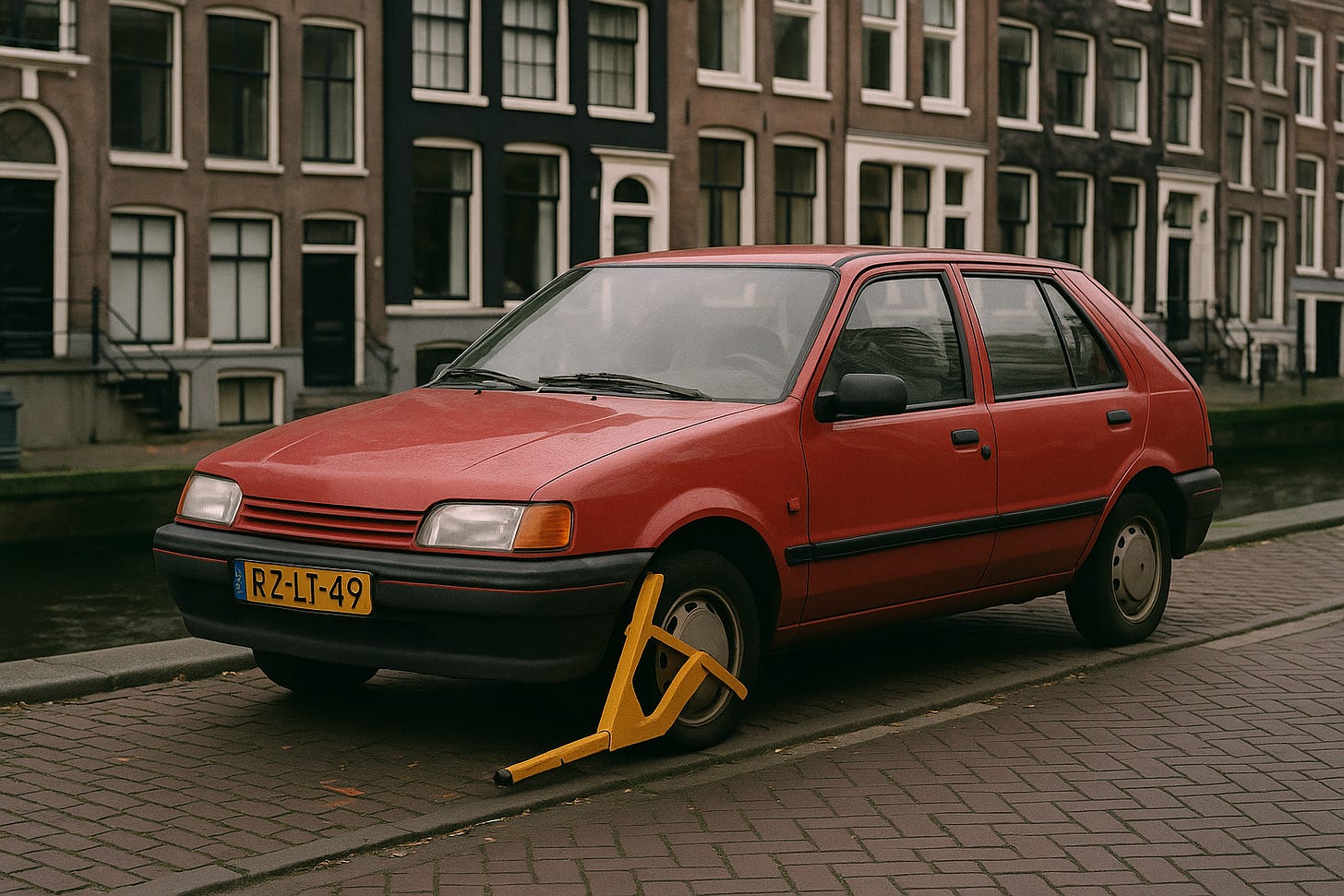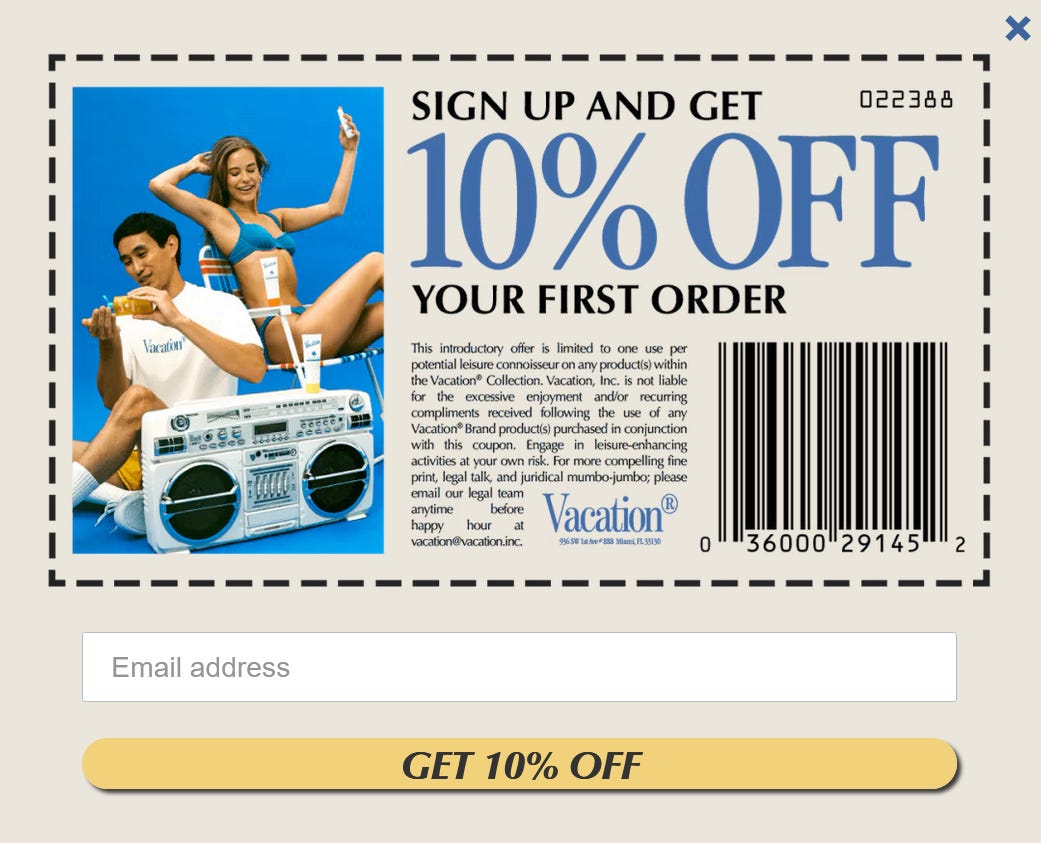Global Digital Marketing & Retail by Alex 103
Inspiration from across the world for retail enthusiasts, e-commerce professionals, marketing lovers and technology fans. Welcome back! I summarized some great links again, I stumbled upon this week.
Good morning a fresh edition of my newsletter on global marketing & retail. Thank you for liking, subscribing! Remember: subscribing is free, I do not charge anything, so do forward to people who might like the topics I write about.
✉️Email marketing: insights with Dela Quist’s “frequency files”
I started my “career” in email marketing, and I still have a love for email, even though there are (so many) alternatives nowadays. Back in the days when I was fully working email marketing, I once met Dela Quist at a conference. He gave a very interesting talk, one of those talks that makes you stop and rethink your assumptions.
I’m sharing Dela’s LinkedIn Newsletter here because it offers insights that often go against the mainstream. That’s exactly what makes it interesting and valuable if you want to leapfrog your competitors.
It’s also worth keeping in mind that not every part of the world sees email the way we do in Europe or the US. In some countries—such as China and parts of Asia—email isn’t always a unique identifier in transactions or signups, and other communication platforms often dominate, like mobile phone numbers or messengers.
I’m sharing this post with those differences in mind, especially for people working in countries where email marketing isn’t always the top priority. Take note of the special position Gmail has compared to the legacy email providers. All that and more in the link below. First some citations:
Gmail doesn’t reward senders who tick every technical box; it rewards the brands their users actually want to hear from.
If you see the email in your inbox, don’t open it, but then open a browser and go directly to the brand’s website — Gmail sees that. If you search for the brand two days later, Gmail sees that too. If you regularly browse their site, shop their app, engage on YouTube - Gmail sees all of it.
Start by letting go of rules. Most users don’t expect perfect cadence or exact send counts.
They expect relevance. They expect timing. They expect brand consistency and context.
So stop asking how often you’re allowed to send. Start asking what your users are used to seeing. Then behave like a brand they want to hear from - not a sender trying avoid the Spam folder.
Here’s what’s been overlooked: email is the one channel AI can’t strip of its connection.
Every subscriber on your list is someone you can reach directly, no algorithm in the way - for now.
Every send is a fresh chance to re‑engage dormant names at a fraction of the cost of acquiring new ones.
Monthly active subscribers (MAS) give you the closest thing to true reader‑level insight: who sees, opens, clicks, or even just reacts indirectly to your message.
Details and subscribtion to the LinkedIn Newsletter: https://www.linkedin.com/newsletters/the-frequency-file-7287534368489701377/
🇰🇷 Korea: Spoon broadcasting app: fun idea, localization needed!
While I was traveling in Seoul’s extensive subway system, I kept seeing this ad. Not knowing any Korean, I couldn’t understand what the app was about. I first thought it was a food delivery app 🤣, but later I found out Spoon is a live broadcasting app that focuses on Korea, Japan, and Taiwan. It’s a social-audio platform created by Seoul-based Spoon Radio Inc. in March 2016, and it has been marketed as a way to “live-stream without a camera.” Pretty fun idea!
Every time I travel, I discover new popular apps or business models. When I read the reviews of this app, they’re not so great anymore for foreigners, so I guess they now focus solely on Asia.
I also couldn’t download the app I got the ”not available in your region” notification. Again, a localisation job… an opportunity, I think. From what I read, they have (or had) some really nice features.
Nevertheless, for all of us cross-border fans, it’s good to know this app is popular in Korea — worth keeping in mind for understanding cultures or (advertising) opportunities.
Details :
https://www.spooncast.net/
https://play.google.com/store/apps/details?id=co.spoonme&hl=en
https://en.wikipedia.org/wiki/Spoon_Radio
🇳🇱 Guerilla marketing in Bussum (NL) of all places
I spotted this old bike, parked near my local “Action store” which is like Taobao but then in a physical store, with a commercial ad on it for a nearby bike shop! I like those guerrila marketing promotions. I will visit this bike store next time.👍
🌐15 brand localization lessons from global brands!
Yo! Crossborder fans! Pay attention — some great examples of brand localisation here! All from large enterprise companies, but still, I think it’s very valuable to read them. Even if you don’t have a big budget, you can still learn from them and apply these lessons in (some of) your channels. It’s more then just this video above, some short citations and then of course the link to all details
Coke:
In Australia, bottles featured names like “Sophie” and “Lachlan” that felt instantly personal, while in China, where collective identity often takes precedence over individual recognition, labels used phrases like “Classmate” and “Best Friend” to match cultural dynamics.
AirBnB:
Airbnb’s listings show homes with architecture and interiors that feel native to the region, and campaigns often feature imagery sourced directly from hosts.
Spotify:
Design with cultural intent, not uniformity: Small visual choices carry meaning. Color, gesture, styling and setting should reflect the emotional cues that feel natural to the audience you’re speaking to.
Amazon:
Deliver consistency through localized systems: Customers care about outcome, not process. Regional adaptation should support the brand’s global standard without requiring uniform execution.
More examples & details: via the link:
https://www.digitalsilk.com/digital-trends/brand-localization/
🇵🇭 Digitization in the Philippines lots of opportunities
I’ve been to the Philippines once (blog here),
I have been to the Philippines once (blog here), and what stood out was that in every newspaper I read during my holiday, the Philippines were talking about speeding up digitization. I liked that! I realized there’s a lot of opportunity in the Philippines for digitally minded people, and there still is! I just stumbled upon this (unfortunately filled with AdSense) article on the state of the Digital Nation, referring to the Philippines.
But if we are to assess the true “State of our Digital Nation,” we must move beyond declarations. The Philippines stands at a digital crossroads, and how we act today will determine our place in the global digital economy tomorrow.
Despite growing digital demand, broadband penetration remains low, particularly in rural areas.
According to World Bank figures, only 28 percent of Filipino households had fixed broadband access in 2023, compared to nearly 80 percent in Vietnam.
🛒Shopify offers universal cart and checkout kit and positions opposite Amazon’s strategy
Shopify is very interesting to follow for all AI and e-commerce fans. Shopify now offers developers a Shopify catalog, universal cart and checkout kit. These tools will let developers tap artificial intelligence (AI)-powered commerce without a lot of extra code or having to manage compliance.
Really cool and smart. So any app or LLM builder or voice app can connect to the huge product database of Shopify. The developer does not have to take into account difficult things like tax or regulartory differences between countries for example. Shopify is essentially decentralising even more all of their millions of independent merchants. By doing this, Shopify is further decentralizing access to its millions of independent merchants. I always favor open, decentralised systems. So I think it’s a smart move, I think that positions Shopify as an open, flexible alternative to Amazon’s walled garden.
This includes Shopify Catalog, which, according to president Harley Finkelstein, “simplifies the process for apps and AI agents to search and pull product data so the results are clear, accurate and up to date.” A Universal Cart feature, which can hold items from multiple Shopify stores in one cart, has also launched to some via early access. The idea with all these features is to position Shopify as an essential piece of infrastructure for the agentic AI era.
Details: https://www.pymnts.com/news/ecommerce/2025/shopify-universal-cart-ai-new-storefront/
Unpaywalled: https://archive.is/TZ58d
🇦🇪 Meanwhile in Dubai: AI ticketless parking
Meanwhile in Dubai they found the perfect parking solution. No more hassle with apps , non working ticketmachines etc.
Dubai: UAE residents can now go cashless and pay using Salik’s payment platform across 36,000 on-street and off-street parking spaces that no longer makes use of tickets, barriers, or manual checks.Instant, automatic billing via Salik’s infrastructure
No fines for overstays due to real-time monitoring
Multilingual interfaces for wider accessibility
Frictionless entry and exit without physical tickets or barriers
🌞Sunscreen: retro branding & free samples & fragrance
I think it’s a motivating article. It’s about how three friends built a multimillion-dollar brand by making sunscreen fun again. They combined nostalgia with fragrance and word of mouth (they actively give out free samples). Very nice! Very retro, and very well presented digitally. With these kinds of visuals, it's definitely a scroll-stopper.
So yes — it’s possible to make a boring product fun. Take a look at their website — it instantly makes you happy!
The brand design looks like the love child of Club Med and Margaritaville. Discount pop-ups on its website evoke magazine coupons from 1986, down to the dotted lines for scissors. Its SPF 30 mousse comes in a whipped-cream canister. And the handle on its new 20-ounce “jug” detaches to be worn as a bracelet.
Consumers are moving from purchasing sunscreen seasonally in the summer months to using SPF products as part of their daily skin-care routine, according to market research firm IBIS World, which predicts sales will increase 2.2% over the next five years despite the category’s maturity. Growth is being led predominantly by newer brands offering consumers new formats and formulas.
“Our strategy overall is, how do we get products into as many people’s hands as possible?” Hall said. Even if recipients don’t post about Vacation on social media, they will “use it in summer and tell their friends,” he said.
⚠️Levelsio on declining quality of life in Western Europe
I agree with Levelsio here. I also notice this when I travel. If I just look at tech adoption, public infrastructure, and services like public transport, other parts of the world are outpacing Western Europe more and more.
It’s good to be aware of this if you’re into cross-border opportunities. Innovation increasingly comes from elsewhere, so it’s more important than ever to look abroad (if you are from Western Europe).
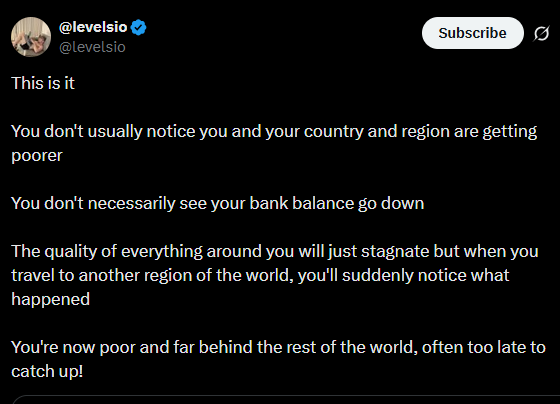
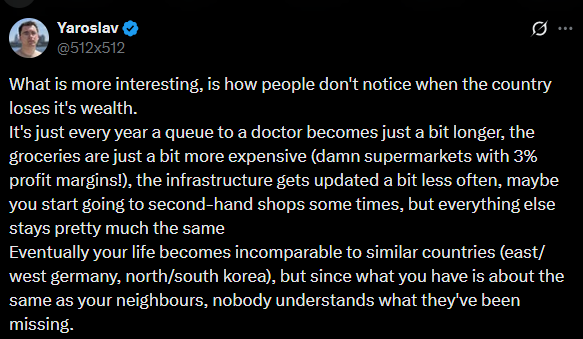
Details: https://x.com/levelsio/status/1950135773493112930
That’s about it for this edition. Email length nearly reached according to substack’s editor. So rest me to say:
Warm greetings, connect via: Alex Baar
Or checkout my archive of previous newsletters if you want to read more :


